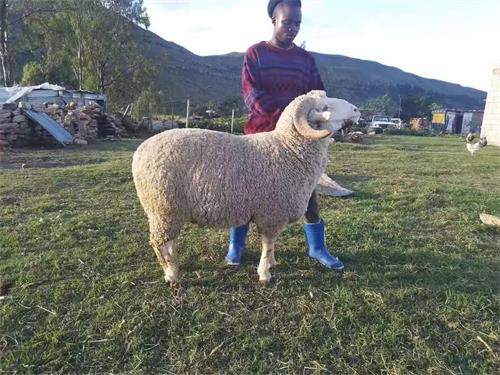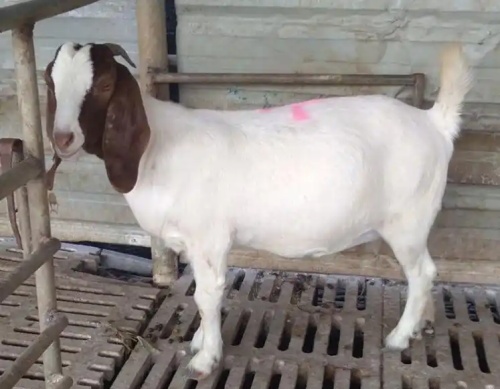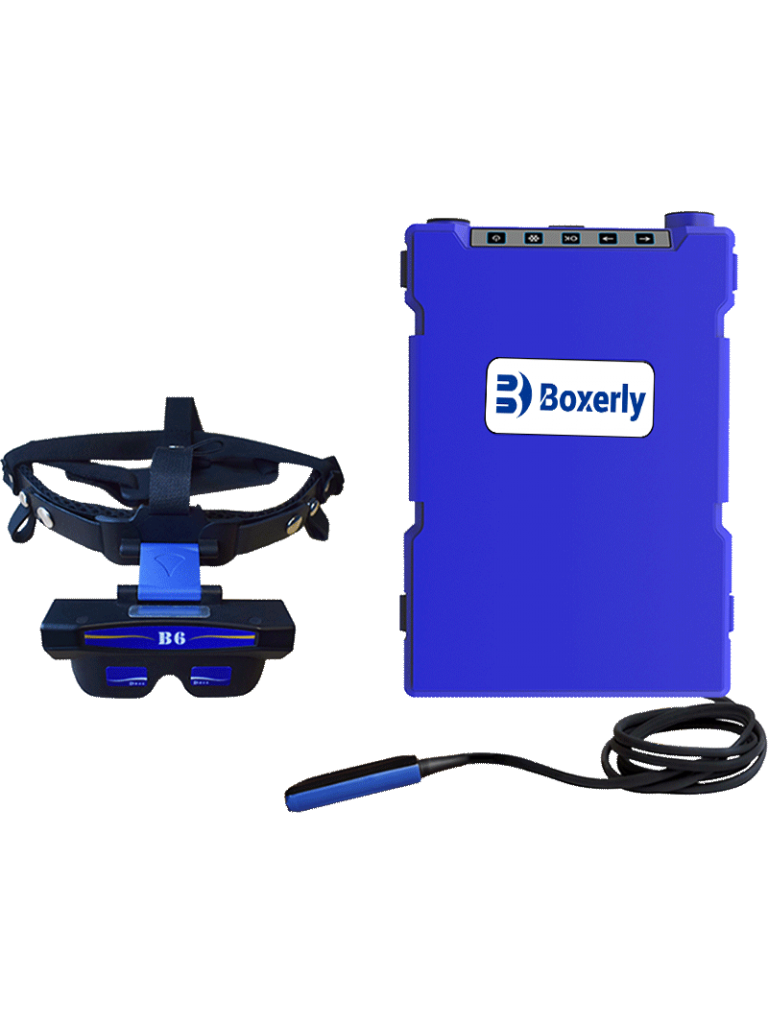Best goat ultrasound machine: goat pregnancy, scanning, ease of use, what pros choose
As someone who’s interested in goat breeding or small‑ruminant farming, you’re probably looking for a machine that shows pregnancies clearly, is easy to carry around in the barn, and won’t break your wallet. From chatting with breeders overseas and reading reviews from vets, there are a handful of models that keep coming up again and again.

Why goats need their own scanning gear
Goats aren’t cows—they’re smaller, often viewed easily with transabdominal scanning, and breeders usually spot pregnancy between days 45 and 80 to count kids or check health. The best tools deliver strong image quality, portability, and a probe suited for caprine anatomy.
Top picks that foreign breeders and vets tend to go for
Boxianglai BXL-V50 with convex probe, or BoviScan S‑60
These are frequently recommended for sheep and goats. Boxianglai devices are durable, have probes built for small ruminants (convex probe ~3.5–4 MHz), and deliver a wide field of view. Image clarity is strong, and foreign vets tend to rely on these in field conditions.
ScanPad Portable Ultrasound
Often called the go‑to device among goat breeders in the UK and US. It’s praised for crystal‑clear image quality, ease of use in mobile farm settings, and ability to run on battery. Battery lasts about 60 minutes, but image clarity is top notch, rivaling scanners that cost twice as much.
MSU3 Pregnancy Scanner (aka MSU 3.0)
This little gadget weighs just over 600 g, powers up immediately, and gives high‑resolution color LCD scans. Sometimes called the best for portability, especially if you need to move from pen to pen without hassle. Runs around 300 minutes per battery charge, stores Excel‑ready data, and works reliably in field settings.
What about the cheap models you see on Amazon?
You’ll sometimes see “Contec” machines or Dawei S0 advertised for goats and dogs. But the cheapest Contec clone pulled from Amazon has drawn serious criticism—Contec themselves warned people not to buy it, and buyers report unreliable quality and no official support. Because some sellers vanish after complaints, it’s risky.
The Dawei S0 from Wellue (also sold under Getwellue) is used by some homesteaders as a budget option. Reviews say it’s easy to use, lightweight, and got decent results for pregnancy detection in goats and dogs. But some reports mention reliability inconsistencies: one buyer said their $700 unit arrived dead. Others praised it for its preset scan modes and storage capabilities.
So it works…sometimes, but not consistently.
Straight talk: which one should you lean toward?
| Model | Image Clarity | Battery / Portability | Probe type | Price approx. | Reliability / After‑sales support |
|---|---|---|---|---|---|
| Boxianglai BVL-V50 | Excellent | Portable handheld or tablet | 3.5 MHz convex or rectal | ~$2k+ | High—professional vet support |
| BoviScan S‑60 | Excellent | Lightweight, 8h lithium | 3.5 MHz convex T-probe | ~$2k | Built for goats/sheep scans |
| ScanPad | Very high resolution | Good, ~60 min battery | Convex or microconvex | ~$2.7k | Very reliable, breeders love it |
| MSU3 Pregnancy | Good-to-very-good | Excellent—only 620 g, 300 min battery | 3.5 MHz transducer | ~$1180 | Very portable, stable support |
| Dawei S0 / Wellue | Moderate–good | Decent, 4 h battery | Fixed mechanical probe | $600–700 | Mixed reviews, some units fail |
What real users say
Some homestead breeders say they started with the S0 because it’s affordable and portable, and frankly, it got the job done:
“We have ultra‑sounded 6 goats already with great success.”
But more professional goat herders in groups recommend investing in ScanPad or ReproScan for consistent pregnancies scanning, greater probe flexibility, and real support. One British goat scanning event described the MSU3 as “ease-of-use 10/10” despite its small size.
Friendly chat: how a goat breeder abroad sees it
Talk to breeders in, say, the UK or the US Midwest, and they’ll talk about peace of mind. Pregnancy scanning isn’t just about confirming fetuses. It’s also about estimating litter size, detecting early abnormalities, ensuring proper nutrition, and timing kidding season smoothly. They go for tools like ScanPad or BoviScan because they can scan dozens of does in a session, with image clarity and no second guessing.
Smaller farms, hobby breeders, or those just starting might try BXL-V50 or MSU3—they’re certainly easier to carry. But when they grow, they often upgrade to Flexx or ScanPad for image quality and long‑term reliability.
Tips if you’re just getting started
-
Choose a convex or microconvex probe in the 3.5–4 MHz range—that gives enough depth while rendering fetuses clearly.
-
Practice with scans early (22–28 days post‑breeding may not show much, but by 45 days you’ll see sacs/kids).
-
Battery runtime matters: a 4‑hour unit might work for small herds, but for multiple does, something with 6–8 hours is easier.
-
Data exports help: MSU3 allows Excel export; Flexx and others support image export via apps.
-
Get images or videos saved—you can review later or get expert help for tricky scans.
Final thoughts
If you want a reliable, go‑anywhere, professional‑grade setup: Repro‑Scan Flexx or BoviScan S‑60 earns top marks. Goat breeders who travel or run scanning clinics love ScanPad for high resolution and field durability. For very light use, tight budgets, or hobby farms, BXL-V50 works surprisingly well. The Dawei S0 is cheap and okay for basics—but unreliable enough that many users eventually move on.
With any of these choices, learning how to interpret fetal sacs, adjusting gain and depth, and knowing goat anatomy pays off more than the fancy screen.
Happy scanning—may your next kidding season be full of healthy kids!




